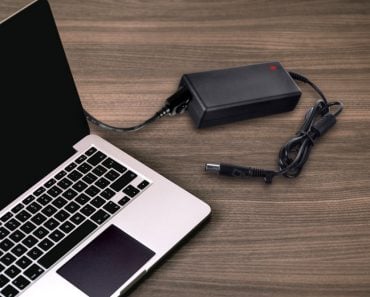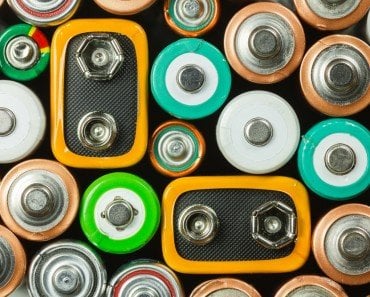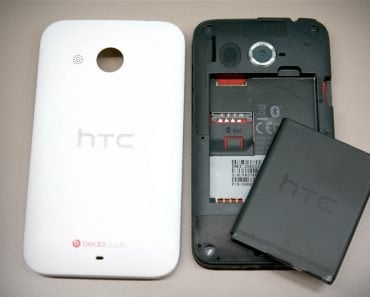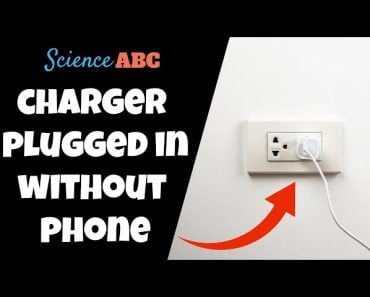Table of Contents (click to expand)
Too tired to read? Listen on Spotify:
You do more harm than good if you drain your phone battery to 0-1% every time before recharging it. The best thing to do to extend the battery life, therefore, is to operate it in a range of 20-80%.
Most electronic device owners, be it a smartphone, tablet, or laptop, face similar challenges. In my opinion, the most significant challenge is the issue of battery life. We all know the anxiety of a low battery warning while writing an important email or sending a text message.

To tackle this problem, many people resort to a common “trick” of completely discharging the battery before charging it up again. However, the question remains: does this actually help?
Recommended Video for you:
Since most modern electronic devices use Lithium-ion batteries, it makes sense first to understand how these batteries actually work.
How Do Lithium-ion Batteries Work?
Lithium-ion batteries, commonly known as Li-ion batteries, use Lithium ions as a crucial component in their electrochemistry. Like any other battery, a Li-ion battery has two terminals – the anode and cathode – separated by an electrolyte – a liquid that can conduct electricity by dissociating into ions in a solution.
When a Li-ion battery is part of a completed circuit, such as when placed inside a phone or laptop, positively charged Lithium ions move toward the negatively charged cathode. As a result, the cathode becomes more positively charged, causing electrons from the anode to move toward the cathode with fewer electrons.

Now, the electrons want to reach the cathode as quickly as possible by taking the shortest route, but the electrolyte between the electrodes prevents them from doing so. Instead, these electrons are forced to flow through the device in question (i.e., phone, laptop, etc.), which powers the device in the process.
Water Wheel Analogy
To better comprehend the working principle of a Li-ion battery, you can visualize it as a water wheel that turns when fast-moving water is directed over it.

In this scenario, the rapidly moving water represents electrons in motion, while the water wheel represents the device, such as a phone or laptop, that you are using.
What Happens When A Li-ion Battery Is Recharged?
A Li-ion battery must be connected to a power supply to recharge. When a Li-ion battery is connected to a charger, Lithium ions flow from the cathode to the anode until the anode is once again filled with a significant amount of Lithium ions. At this point, the battery will show a charge of 100%.

Many smartphones nowadays come with fast-charging technology. Fast-charging technology allows batteries to charge up to 80% in an hour or so, and then the charging process slows down to reach a full charge, which takes approximately another hour.
Does Draining The Li-on (Phone) Battery Damage It?
Draining a Li-ion battery (used in most electronic devices) to zero is not good. This is an unhealthy practice as far as battery life is concerned.
No Memory Effect In Li-ion Batteries
The practice of fully draining a battery before recharging it may have originated from using old nickel-based batteries, known for having a “memory effect.” If a nickel-based battery was fully charged, used, and then discharged to, say, 50%, it would “remember” that 50% was its actual capacity.
Over time, after a few cycles of charging from 50% to 100%, the battery would only charge up to 50% of its capacity due to this memory effect.
However, this is different with modern Li-ion batteries. They are intelligent enough to know their actual capacity, even if charged and discharged randomly between 0% and 100%. The battery won’t forget its actual capacity simply because it isn’t fully charged or discharged.
In other words, if you intentionally drain your Li-ion battery to zero to ensure it doesn’t forget its actual capacity, you’re doing it wrong!
Charge Cycles
Having said that, Li-ion batteries do have charge cycles. They are also known to lose their capacities marginally with each cycle. Li-ion batteries are designed to retain at least 80% of their capacity for 300-500 cycles. And the battery cycle in Li-ion battery isn’t simply one charge and discharge.
For instance, let’s assume you use 50% of your fully charged battery and recharge it. In this case, you would have used up 0.5 cycles.
Similarly, if you use 20% of the battery, charge it to full, and then use 80% the next day, you would have consumed one full battery cycle, which means you have used up 100% of a charged battery.
Healthy Charging Practices
Li-ion batteries hate extremities from both ends—full charge and full drain. The sweet spot to maintain battery life for a long time is to keep it somewhere in between. Carl Howe, renowned mobile analyst, gives a nice 80:20 rule to preserve battery health for an extended period: charge it to 80% and recharge it when it falls to around 20%.
Think of this as a healthy eating habit. It’s better to have smaller portions spread across the day rather than just starving for hours and having three meals simultaneously. Letting your battery drain to zero repetitively puts an unnecessary burden on the materials inside the battery. It could cause mechanical degradation of the cathode or side reactions with the electrode. Similarly, charging your battery to full and plugging it into the charger all day can make it corrode faster.
As mentioned earlier, Li-ion batteries, which are mainstream these days, wear out to a tiny extent every time you move through a charge cycle. If you drain your battery from 100% all the way down to 0%, it’s likely that it could potentially degrade by up to 70% of its original capacity in just a few hundred cycles.
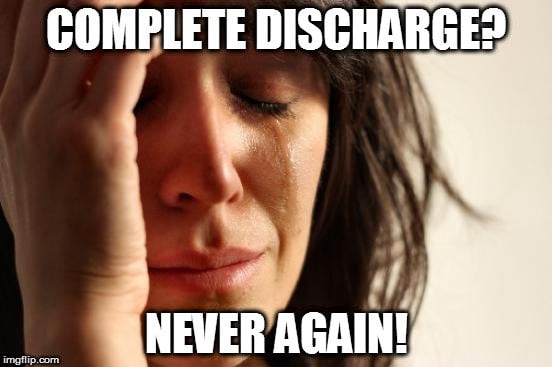
In a nutshell, you do your phone battery more harm than good if you let it drop to 0-1% charge every time before recharging it. The best thing to do to extend your device’s battery life is to operate it between a charge range of 20-80% whenever possible!
Last Updated By: Ashish Tiwari
References (click to expand)
- Lithium-Ion Battery - Clean Energy Institute.
- Charging speeds & power levels Charging Taper.
- Li, M., Lu, J., Chen, Z., & Amine, K. (2018, June 14). 30 Years of Lithium‐Ion Batteries. Advanced Materials. Wiley.
- Chombo, P. V., & Laoonual, Y. (2020, December). A review of safety strategies of a Li-ion battery. Journal of Power Sources. Elsevier BV.



